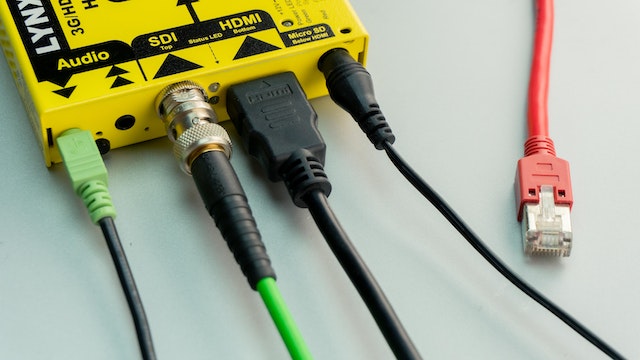In the world of electronics, where devices become smaller and more complex by the day, the trusty D sub connector stands as a testament to timeless utility and adaptability. Named after its distinctive D-shaped shell, this connector has been a staple in the electronics industry for decades. In this blog, we’ll explore the history, design, applications, and enduring relevance of the D-Sub connector.
The Birth of D-Sub
The D-Sub connector, also known as the D-subminiature or simply “D-Sub,” made its debut in the mid-20th century. The connector’s design, featuring a distinctive D-shaped metal shell with two parallel rows of pins, was created by the ITT Cannon company in the 1950s. Its primary goal was to provide a reliable, space-efficient solution for connecting and disconnecting electrical or electronic circuits. The original D-Sub connector was designed with 25 pins, although variants with fewer pins (e.g., 9-pin, 15-pin) and more pins have since become popular.
D-Sub Connector Design
The D-Sub connector’s design is simple yet effective, making it suitable for a wide range of applications. Key features include:
- D-Shaped Metal Shell: The D-shaped shell ensures proper orientation during mating, preventing misalignment and potential damage to the pins.
- Pin Arrangement: D-Sub connectors come in various configurations, ranging from 9 to 50 pins. The pins are organized into two parallel rows, with the top row typically holding even-numbered pins and the bottom row holding odd-numbered pins.
- Gender Types: D-Sub connectors are available in male and female versions, often referred to as plugs (male) and sockets (female). This allows for easy connections between different devices.
- Screw Locks: Many D-Sub connectors feature threaded inserts on the sides, which can be secured with screws to prevent accidental disconnection.
Applications of D-Sub Connectors
D-Sub connectors have proven their worth in a myriad of applications across various industries. Some of the most common uses include:
- Computer Hardware: D-Sub connectors were once ubiquitous for connecting monitors and peripherals to desktop computers, but they have largely been replaced by digital interfaces like HDMI and DisplayPort.
- Industrial Control Systems: In industrial settings, D-Sub connectors are used for connecting sensors, switches, and other control devices.
- Telecommunications: D-Sub connectors are employed in telecommunications equipment for their robustness and versatility.
- Aerospace and Military: D-Sub connectors are used in critical applications where reliability is paramount, such as avionics and military electronics.
- Medical Devices: They are found in various medical equipment, including diagnostic devices and patient monitoring systems.
- Audio Equipment: Though less common today, D-Sub connectors were once used for analog audio connections in professional audio equipment.
- Custom Applications: D-Sub connectors are favored in custom-built systems and prototypes due to their ease of use and flexibility.
Enduring Relevance
Despite the emergence of advanced connectors and interfaces, the D-Sub connector remains relevant for several reasons:
- Robustness: D-Sub connectors are known for their durability and resilience in harsh conditions, making them indispensable in demanding industries.
- Versatility: Their flexibility in terms of pin count, gender, and custom configurations ensures they can adapt to a wide range of applications.
- Legacy Compatibility: Many older devices and systems still use D-Sub connectors, necessitating their continued availability and use.
- Economical: D-Sub connectors are cost-effective and offer a reliable solution for many applications.
Conclusion
The D-Sub connector, with its iconic D-shaped shell and simple yet effective design, continues to hold a crucial place in the world of electronics. It has proven its versatility and reliability in countless applications, making it an enduring choice for engineers and manufacturers. As technology evolves, the D-Sub connector remains a timeless component in the ever-changing landscape of electronics.
